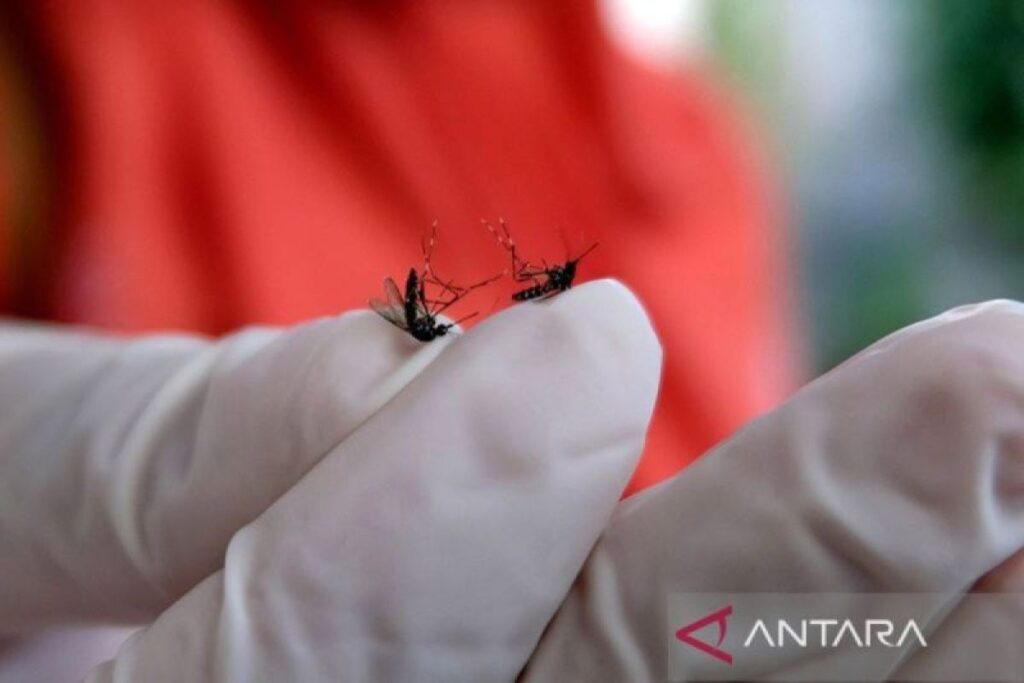Perbedaan nyamuk aedes aegypti dan aedes albopictus penyebab DBD

Dengue fever, or DBD, is a serious and potentially life-threatening disease caused by the dengue virus, which is transmitted through the bites of infected mosquitoes. Two species of mosquitoes that are known to spread the dengue virus are Aedes aegypti and Aedes albopictus. These two species are commonly found in Indonesia and are responsible for the spread of DBD in the country.
Aedes aegypti and Aedes albopictus have some distinct differences that make them unique in their ability to transmit the dengue virus. One of the main differences between the two species is their preferred habitats. Aedes aegypti is commonly found in urban areas, where it breeds in water containers such as flower pots, tires, and other artificial containers. This species is known to be a highly efficient vector of the dengue virus and is responsible for the majority of dengue cases in urban areas.
On the other hand, Aedes albopictus is commonly found in rural and suburban areas, where it breeds in natural water sources such as tree holes, bamboo stumps, and leaf axils. This species is considered to be a less efficient vector of the dengue virus compared to Aedes aegypti, but it can still transmit the virus to humans.
Another difference between Aedes aegypti and Aedes albopictus is their feeding behavior. Aedes aegypti is known to be a daytime biter, while Aedes albopictus is more active during the early morning and late afternoon. This difference in feeding behavior can affect the timing of mosquito control measures and the risk of dengue transmission in different areas.
Despite these differences, both Aedes aegypti and Aedes albopictus are capable of transmitting the dengue virus to humans, leading to the spread of DBD in Indonesia. It is essential for individuals to take preventive measures to reduce the risk of mosquito bites and eliminate mosquito breeding sites in their surroundings to prevent the spread of dengue fever.
In conclusion, the differences between Aedes aegypti and Aedes albopictus play a significant role in the transmission of the dengue virus and the spread of DBD in Indonesia. Understanding these differences can help in developing effective strategies for controlling mosquito populations and reducing the incidence of dengue fever in the country.